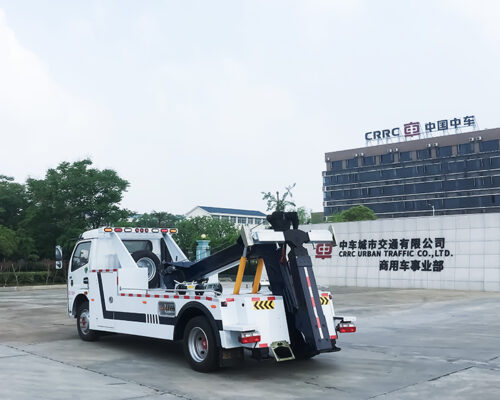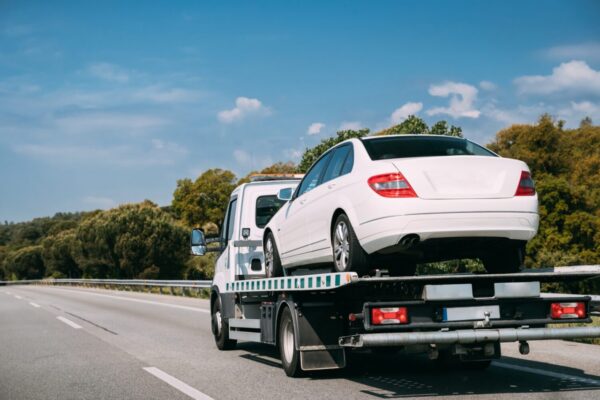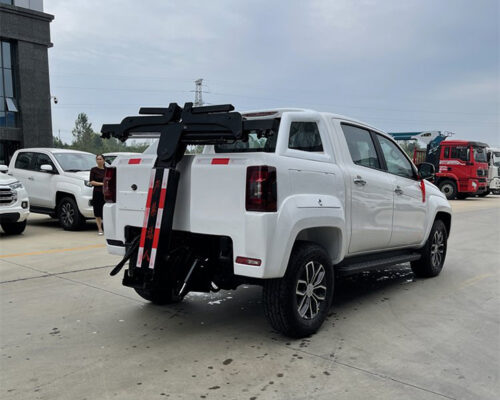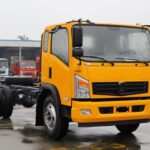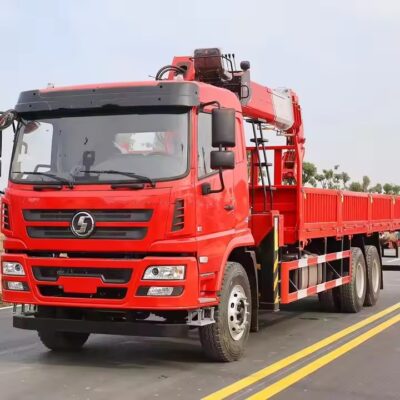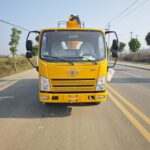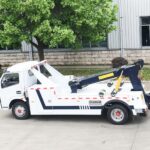In addressing whether a person with an A1 license can drive a highway recovery vehicle, it’s important to understand the specific requirements for operating these types of vehicles. The answer is generally affirmative, but the specific conditions and types of recovery vehicles must be considered.
License Requirements for Highway Recovery Vehicles
Types of Licenses and Corresponding Vehicles
- For Vehicles Towed on the Recovery Truck:
- B2 License: This license permits the driver to operate recovery vehicles where the malfunctioning vehicle is loaded onto the recovery truck. Examples include standard tow trucks and flatbeds used for towing cars and light trucks.
- For Dragging a Malfunctioning Vehicle on the Ground:
- A2 License: Required for situations where the recovery vehicle is towing another vehicle directly on the ground, such as with a tow bar or a dolly. This includes more complex towing scenarios typically involving heavier vehicles or trailers.
License Plate Considerations
- Blue Plate Vehicles:
- C License or Higher:
- Total length must be less than 6 metri.
- Gross vehicle weight must not exceed 4.5 tonnia.
- Examples: Blue plate Dongfeng Rui Ling one-tow-two recovery vehicle, Blue plate Isuzu one-tow-two recovery vehicle.
- C License or Higher:
- Yellow Plate Vehicles:
- B License or Higher:
- Total length must be greater than 6 metri.
- Examples: Dongfeng Duolika recovery vehicle, JAC one-tow-one recovery vehicle, Isuzu one-tow-two recovery vehicle, Dongfeng Tianjin medium and large tow and recovery vehicles.
- B License or Higher:
Detailed Requirements for Each License Type
A1 License (General License for Large Vehicles)
An A1 license typically permits the driving of large passenger vehicles and buses. Kuitenkin, it does not automatically cover all types of recovery vehicles. Esimerkiksi:
- For Light and Medium Recovery Vehicles (Blue Plate):
- If the vehicle falls under the blue plate category, meaning it is less than 6 meters in length and under 4.5 tons in weight, a person with an A1 license would generally need to verify whether they also have a B2 or higher qualification as these vehicles often fall under those categories.
- For Heavy Recovery Vehicles (Yellow Plate):
- An A1 license holder would likely need to have additional qualifications such as an A2 or B license to operate these vehicles, which are greater than 6 meters in length.
Conclusion
In summary, the ability of a person with an A1 license to drive a highway recovery vehicle depends on the specific type of recovery vehicle and the additional qualifications held by the driver.
- For light recovery vehicles (blue plate), a B2 license is usually sufficient.
- For heavier recovery vehicles (yellow plate), a B or A2 license may be required.
Additional Points
- Experience and Training: Beyond license requirements, it’s crucial for drivers to have proper training and experience in operating recovery vehicles due to the complexity and safety considerations involved in towing operations.
- Regulatory Compliance: Ensure that all operations comply with local regulations and standards, which may vary by region.
By understanding and meeting these requirements, individuals can safely and legally operate highway recovery vehicles, ensuring efficient and effective road clearance operations.


